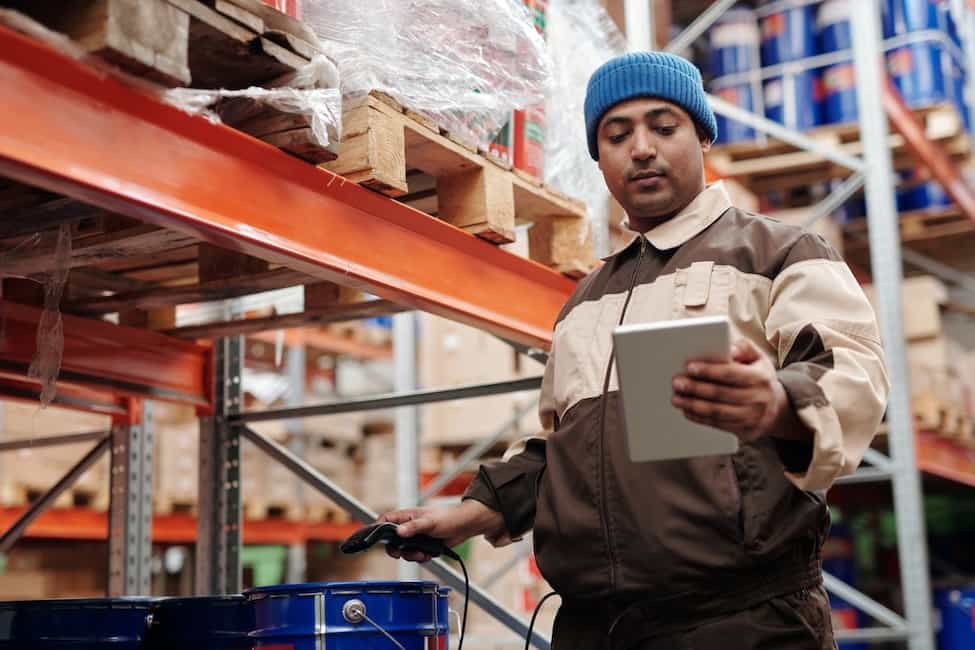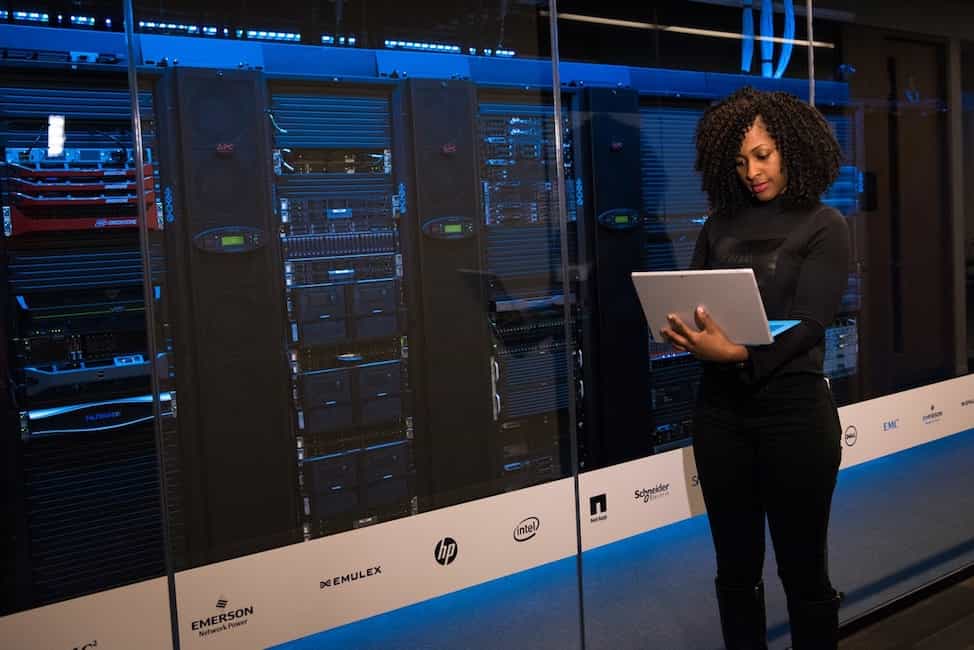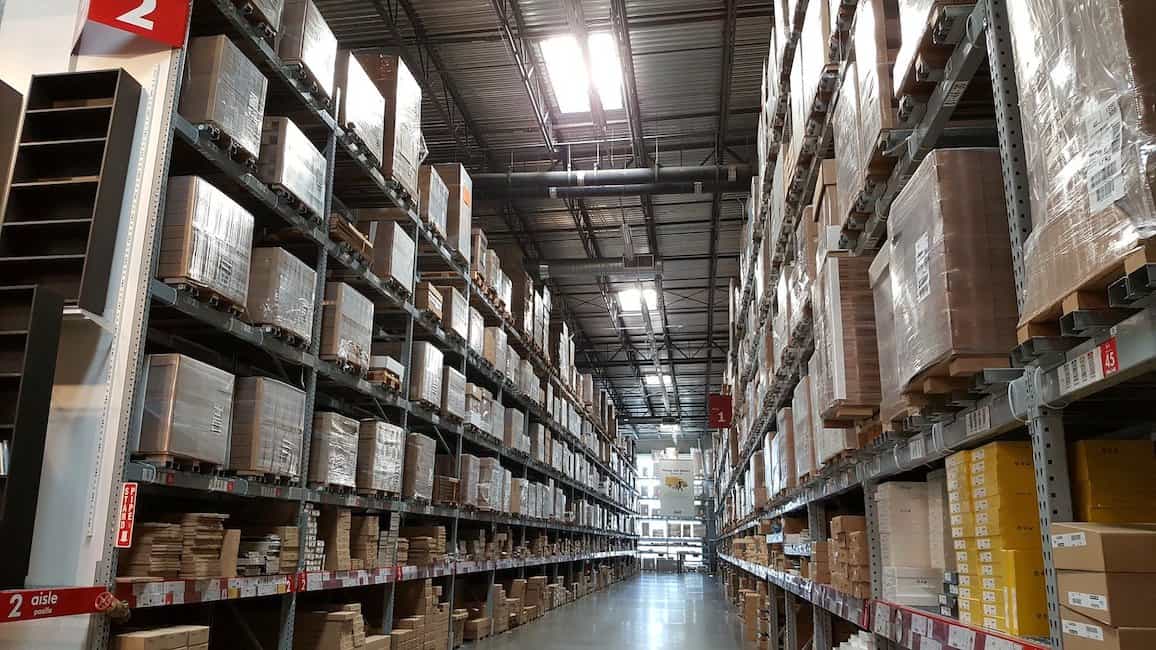Warehousing refers to identifying and receiving things, correctly counting and storing, remembering where they are, picking the correct amount, and sending them to the right location. However, these basic functions are performed in a time when the operations are less complicated. When processes get increasingly complex, smart solutions and automation become more prevalent than ever.

Automations are on the rise, and without a doubt, more and more companies will shift to automation.
Smart warehousing means automating all the operations in warehousing, which involves two facets. The first facet is the adoption of technology at the proper times for the appropriate uses, which could refer to the Internet of Things or IoT. In the Internet of Things, the networked devices use the information to improve and make tasks more convenient, such as lighting management, environmental control, and monitoring the given data point or status. The other facet is to adopt more comprehensive and feature-rich software applications, which could increase the performance and efficiency of the operations.
As it brings significant optimization to all the warehouse operations, Smart warehousing with warehouse management software has demonstrated to be one of the best examples in the businesses adopting this type of new technology. Automations are on the rise, and without a doubt, more and more companies will shift to automation.
What Are Smart Warehouses?
Smart warehouses are big buildings, such as large steel buildings or other metal buildings, where raw materials, products, and goods are stored.
These steel building warehouses consist of all the common warehouse operations that humans previously performed, including identifying, receiving, counting, storing, remembering where the items are, and sending them to the correct location. A variety of computers and machines are used to automate the processes.
A smart warehouse works through multiple automated and interconnected technologies. All the technologies work together to improve the productivity and efficiency in the warehouse, minimize the human workers, and decrease errors. When management and staff use a smart warehouse using high-quality data for continuous improvement, it will run much less expensively, and labor will be more efficient.
What Is Smart Warehouse System?
A smart warehouse system is the outcome of all the interconnected warehousing technologies to work together. Designed with a technological ecosystem to meet production requirements, a smart warehouse can receive orders, identify and sort products, organize them, and pull them for shipment with automation.
A sophisticated smart warehouse system lets operators automate almost all aspects of the operation, from getting the materials from suppliers to shipping to customers, with very minimal errors. When considering adopting a smart warehouse system, pay great attention to these qualities.
Agility
Without a doubt, warehousing operations will become more and more complex. Smart warehouses should be able to switch their gears to fit the quick and ever-changing consumer demands in the modern world. Not only smart warehouses should help optimize the process of products from storing to shipping, but also be able to look out for the temporary storing opportunities. Moreover, smart warehousing solutions should facilitate efficient coordination with third-party logistics providers to meet temporary stock overflow issues.
Besides, a smart warehousing system must address staffing needs. The end game for a smart warehouse is not only to minimize the number of onsite staff but also to be prepared when the team’s reinforcement is necessary during peak or busy times. A smart warehouse should keep the group of cross-trained core employees in place during a slower period.
Also, the careful selection of software for the smart warehouse can help achieve agility. Smart warehouse systems should be compatible with different platforms, such as sales systems and others. As a rule of thumb, it is better to use a software SaaS (software as a service), because they are becoming the standards for many industries. Besides, SaaS smart warehouse solutions are cheaper, cost-wise.
Scalability
Smart warehouses should be able to get ready for massive influxes of the products and releases of the new products at any time since the complexity of warehousing and supply chains keeps growing all the time, which makes sense to choose SaaS as better smart warehouse solution. For SaaS solution, the update needed could be fulfilled on the fly while rolling up new inclusions out with no hit to the efficiency.
Data Visibility
While technology is continuing to advance, most of the software connected with supply chain functions requires data visibility. Data is critical today because the warehousing operations and supply chains have become more complex, and software solutions are needed to be ready for updating and storing data in no time.
Stakeholders and customers want to get real-time data from the smart warehouse system to update their products for the time being. An excellent smart warehouse should be able to provide interested parties with the information they want immediately. It makes sense that customers would partner with the operation to keep them continually staying up to date rather than the one that could only update their data overnight.
Moreover, data also provides useful and timely information to the administrators of warehousing operation itself. As real-time data provides warehousing operators with a clear picture of the whole warehouse operation, the data also gives where the problem originates, if any inaccuracy in the inventory or the delivery timing arises. As such, they could take action timely to fix the issue before it gets out of control.
What Consists of A Smart Warehouse?

A smart warehouse consists of a variety of different interconnected technologies, and they are all working together toward the same goals.
Generally speaking, a smart warehouse consists of a variety of different interconnected technologies, and they are all working together toward the same goals. Every piece in the system performs some specific job to keep the smart warehouse optimally running.
See below some standard components that you can find in a smart warehouse:
Robotics
Robots used in a smart warehouse system are not the same as the humanoid robots we know from sci-fi stories and watched on television and movies. However, warehousing robots can be very impressive even though they are different from fiction stories. Warehousing robots can handle significant tasks, such as picking and packing of goods during the warehouse operations.
In general, Roombas, a warehousing robot, can automate the picking process by physically bringing any product on shelves to human workers for the packing orders. Warehousing robots are automated and come with maneuverable pallet jacks. These warehousing robots move faster than humans and move more at once than humans, and they could even find the optimal route to pick up the necessary goods.
Radio-Frequency Identification
Radio-frequency identification, called RFID, helps organize as well as control inventory. RFID helps eliminate the old method of analog paper tracking by using digital tags for tracking packages in a warehousing system. Radio waves help transfer data between digital tags and the automated scanning system and record the product’s information.
Compared with RFID, the barcode needs to be aligned with the scanner precisely to identify it. In contrast, RFID scanners only need to be pointed at the general direction towards the package to identify it. Because the scanners do not need to be aligned with precision, the automated machines could be used to scan the packages when they come in to identify and count the goods received for the amount of each type and save human labor and increase productivity. Moreover, these scanners could also detect products when they leave the warehouse after the order has been fulfilled to ensure the inventory count is accurate.
Artificial Intelligence
Artificial intelligence or AI is also used in warehousing to increase productivity and minimize errors. AI could help warehousing robots identify the most optimal route to pick the products and help determine the best box type to the shipment based on the product’s type, size, number, and weight. Some warehouses could even use Al to pack the products in the most space-efficient way by implementing the machines to pack them.
These capabilities help in reducing the operating costs drastically in operating a warehouse, whereby the highest cut in cost is human labor.
The Internet of Things
The Internet of Things or IoT has several Internet-enabled devices that are communicated with each other to share data. In a smart warehouse system, IoT and robots could communicate with all the other components needed to ensure efficient operation, including the warehouse management system (WMS).
The work of IoT in a smart warehouse’s management system begins from the warehouse receiving a product. Once received, the RFID scanner scans the products’ tags, which then relays to the WMS what goods are received or how many are collected. The robots, which receive the WMS message where to store the products, act on the order. The operation occurs automatically and seamlessly with no error and losing any critical information.
If there is no IoT, the human workers need to manually perform all the steps in the process. But because of IoT, the process is sped up, and errors reduced drastically. To meet the demands for sturdy buildings for warehouses, experts recommend steel buildings or metal buildings as the ideal storage solution.
Warehouse Management Systems

A WMS is said to be essential when running a smart warehouse system as it could collect and manage data of your warehousing operations.
WMS is one of the best parts of all the smart technologies in the warehousing operation. A WMS solution provides many uses, from collecting valuable data to helping manage the warehousing processes, which let the warehouse operator keep track of the efficiency of the day-to-day operation in the warehouse so that the operator could improve on anything specific as it desires.
As most of the WMS solutions could gather the real-time data to create the visual reports, it can reveal any deficiencies of the processes. Through this, the warehouse operator could take appropriate action to resolve any issues in time before it gets out of control and keep the operations be in the right direction.
The Implementation of Smart Warehouse System
As we continue to move towards digital transformation, automation of warehousing operations will become more prevalent than ever. A smart warehouse system will surely dominate the industry. It stands to reason that if the warehouses do not adopt the smart warehouse system, the future is risky.
It is time to take measures and begin to implement the smart warehouse system. You do not need to purchase and invest in all the pieces of these technologies all at once. Your company could begin from just one or a few pieces of these technologies and gradually build towards full automation of the warehouse by adding technological components piece by piece.
It is ideal to begin by investing in the right WMS, which is not only one of the cheapest for implementing a smart warehouse system. A WMS is said to be essential when running a smart warehouse system as it could collect and manage data of your warehousing operations. Also, keep the requirements of your activities in mind when you select a smart warehouse solution.


